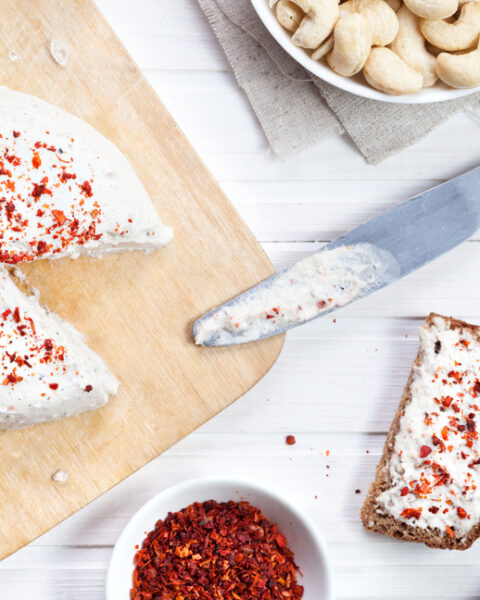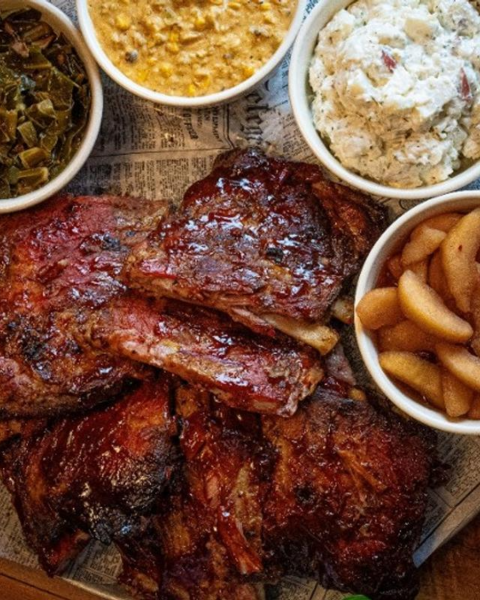Baking at home can be incredibly rewarding, but it often comes with its own set of challenges. From understanding ingredient measurements to mastering oven temperatures, there are many nuances to perfecting your baked goods. Luckily, with a few handy tips and tricks, you can improve your baking skills and ensure your treats turn out just right.
Contents
- 1 Read the Recipe Thoroughly
- 2 Use Room Temperature Ingredients
- 3 Measure Ingredients Accurately
- 4 Preheat Your Oven
- 5 Don’t Overmix the Batter
- 6 Use the Right Bakeware
- 7 Rotate Your Pans
- 8 Use a Timer
- 9 Let Baked Goods Cool Properly
- 10 Store Ingredients Properly
- 11 Use High-Quality Ingredients
- 12 Practice Patience
- 13 More From RetailShout
- 14 The 14 Ultimate Ranking of Trader Joe’s 2024 Boxed Mixes
- 15 14 Creative and Healthy Lunches Your Kids Will Look Forward To
Read the Recipe Thoroughly
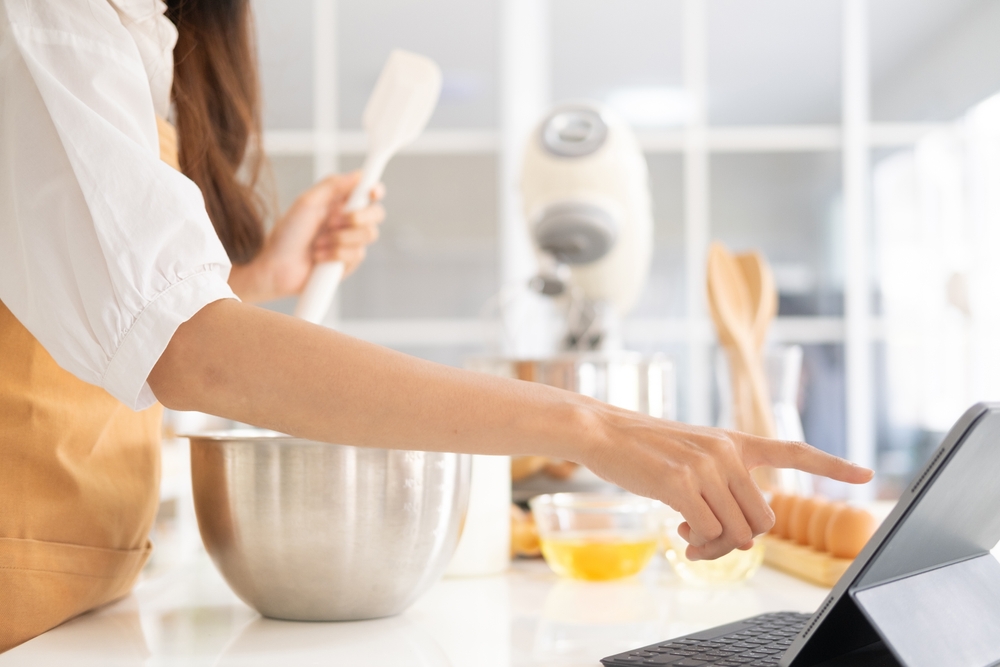
Before you start baking, take the time to read the entire recipe from start to finish. This helps you understand the steps, gather all necessary ingredients, and prepare your equipment. Missing a step or ingredient can lead to mistakes that are hard to fix later. Ensuring you have everything ready can save you time and prevent frustration.
Use Room Temperature Ingredients
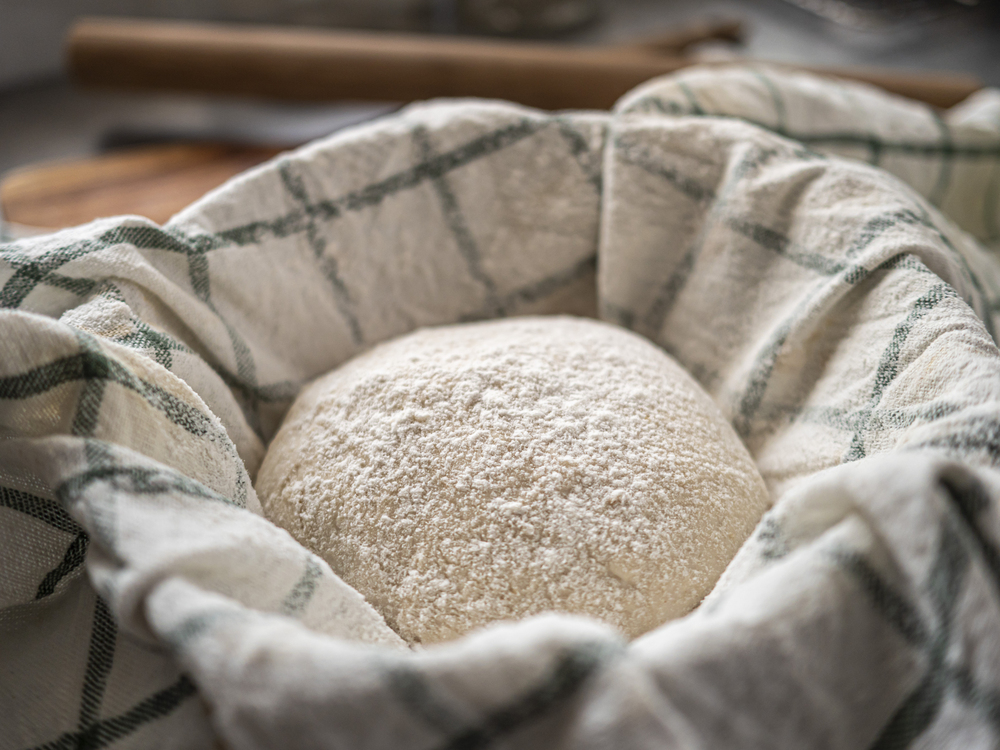
Using room temperature ingredients, especially butter, eggs, and dairy, helps them mix more evenly and create a smoother batter. Cold ingredients can cause mixtures to curdle or not blend well, affecting the texture of your baked goods. Let your ingredients sit out for about 30 minutes before using them. This simple step can significantly improve your baking results.
Measure Ingredients Accurately

Accurate measurements are crucial in baking, where precision makes all the difference. Use proper measuring tools like dry and liquid measuring cups and spoons. Level off dry ingredients with a knife for exact amounts and avoid packing them unless specified. This ensures consistency and prevents issues like dry cakes or overly sweet cookies.
Preheat Your Oven
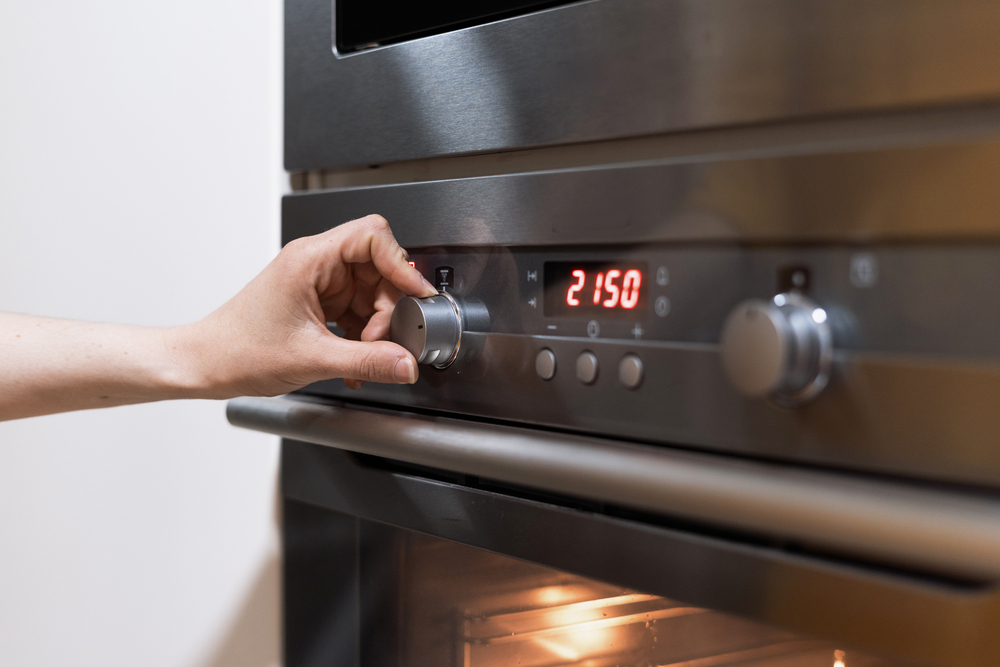
Always preheat your oven to the required temperature before putting in your baked goods. An oven that’s not hot enough can cause uneven baking, leading to undercooked centers or overbrowned edges. Use an oven thermometer to check the actual temperature, as oven settings can sometimes be inaccurate. Proper preheating ensures your baked items cook evenly and properly.
Don’t Overmix the Batter
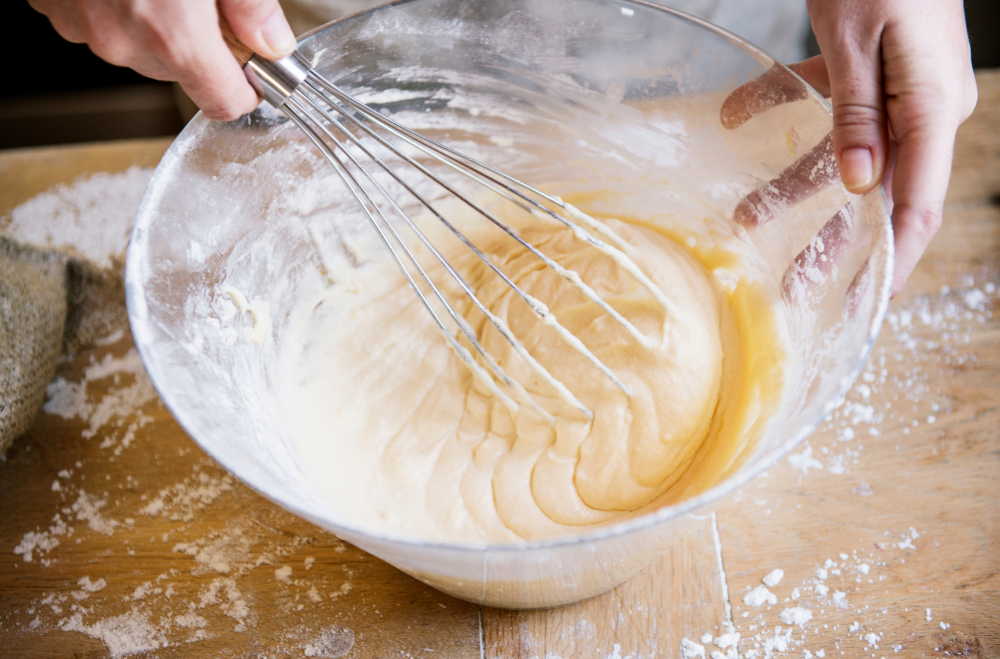
Overmixing your batter can lead to dense, tough baked goods because it develops too much gluten in the flour. Mix just until the ingredients are combined and no more. This is especially important with cakes, muffins, and quick breads. Gentle mixing results in a tender, light texture.
Use the Right Bakeware
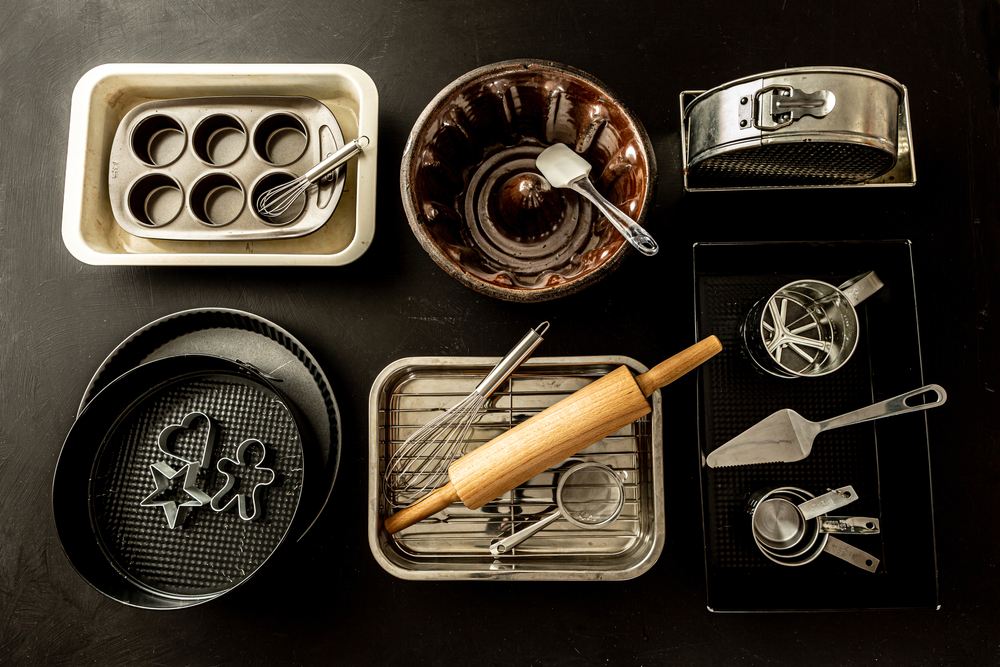
Different recipes call for different types of bakeware, and using the correct one is essential. For instance, dark metal pans can bake faster and potentially burn your baked goods, while glass and silicone bakeware may require adjustments in baking time. Follow the recipe’s recommendations for the best results. The right bakeware ensures even baking and proper texture.
Rotate Your Pans

Halfway through the baking time, rotate your pans to ensure even baking. Ovens can have hot spots that cause some parts of your baked goods to cook faster than others. Rotating pans helps to prevent uneven browning and ensures everything bakes uniformly. This simple step can make a big difference in the final product.
Use a Timer
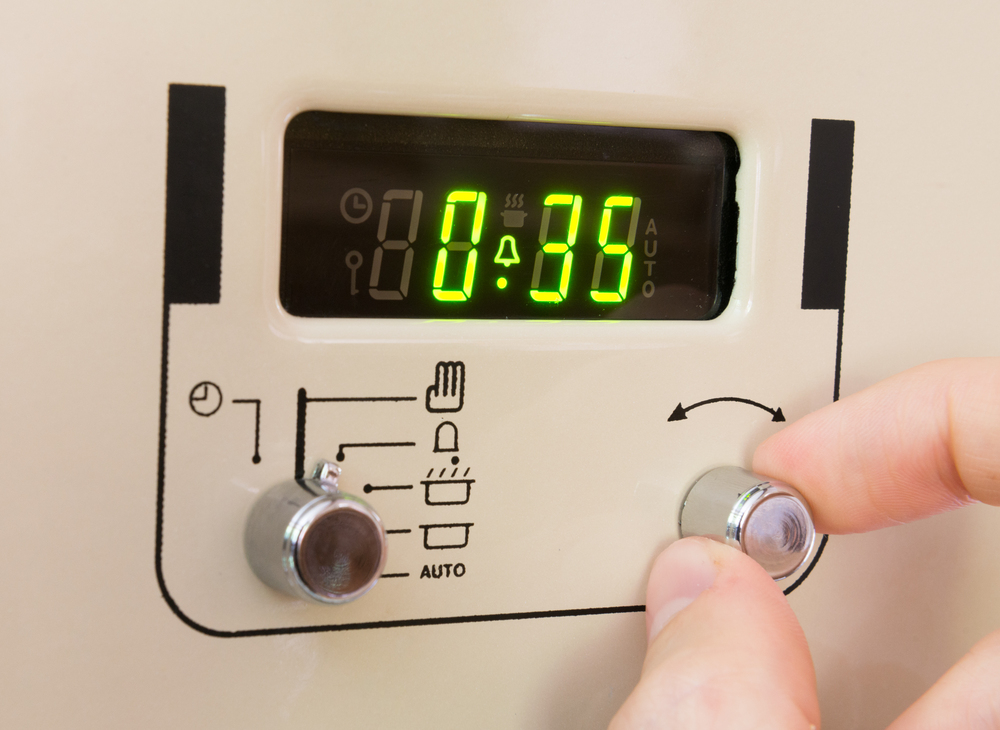
Set a timer to avoid overbaking or underbaking your treats. Keep an eye on the recommended baking times but start checking a few minutes before the time is up. Every oven is different, and baking times can vary. Using a timer helps you keep track and ensures your baked goods come out perfectly.
Let Baked Goods Cool Properly
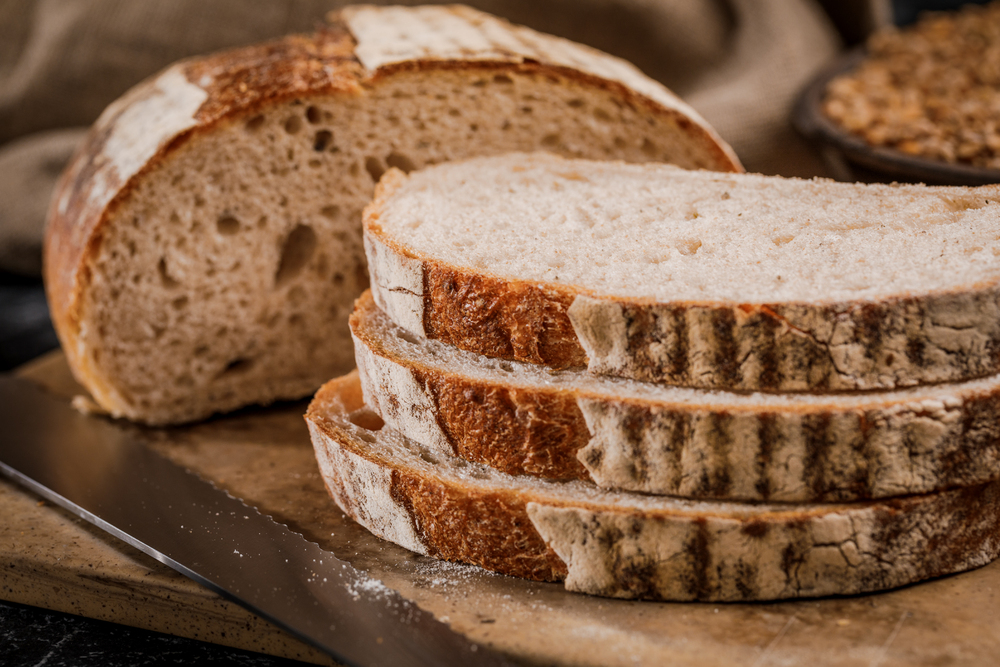
Allow your baked goods to cool in the pan for a few minutes before transferring them to a wire rack. This helps them set and prevents them from breaking apart. Cooling on a wire rack ensures even air circulation, preventing soggy bottoms. Proper cooling also enhances the flavor and texture of your treats.
Store Ingredients Properly
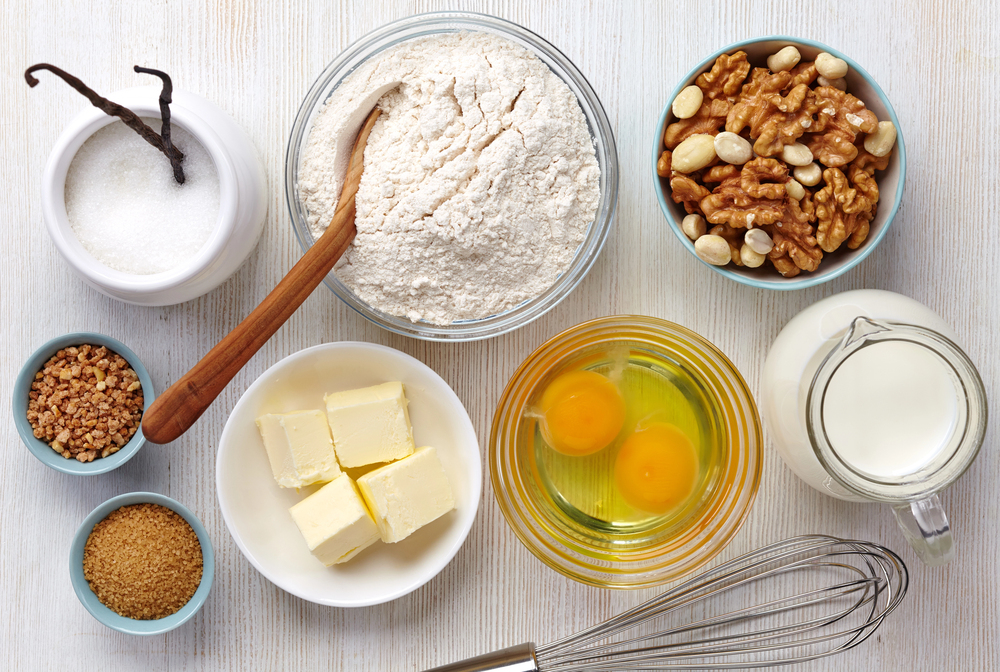
Proper storage of your baking ingredients keeps them fresh and effective. Store flours, sugars, and other dry ingredients in airtight containers to prevent moisture and pests. Keep butter and dairy products in the refrigerator until needed. Fresh ingredients are key to successful baking.
Use High-Quality Ingredients
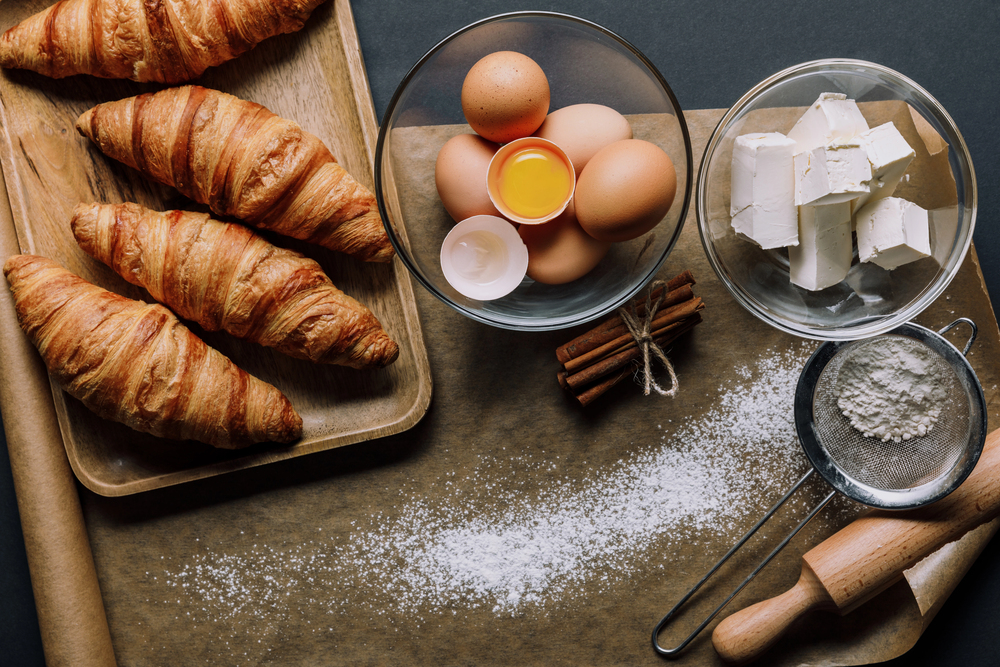
The quality of your ingredients can significantly affect the taste and texture of your baked goods. Invest in good-quality butter, chocolate, vanilla extract, and other key ingredients. High-quality ingredients provide better flavor and consistency. This small investment can elevate your baking to a professional level.
Practice Patience
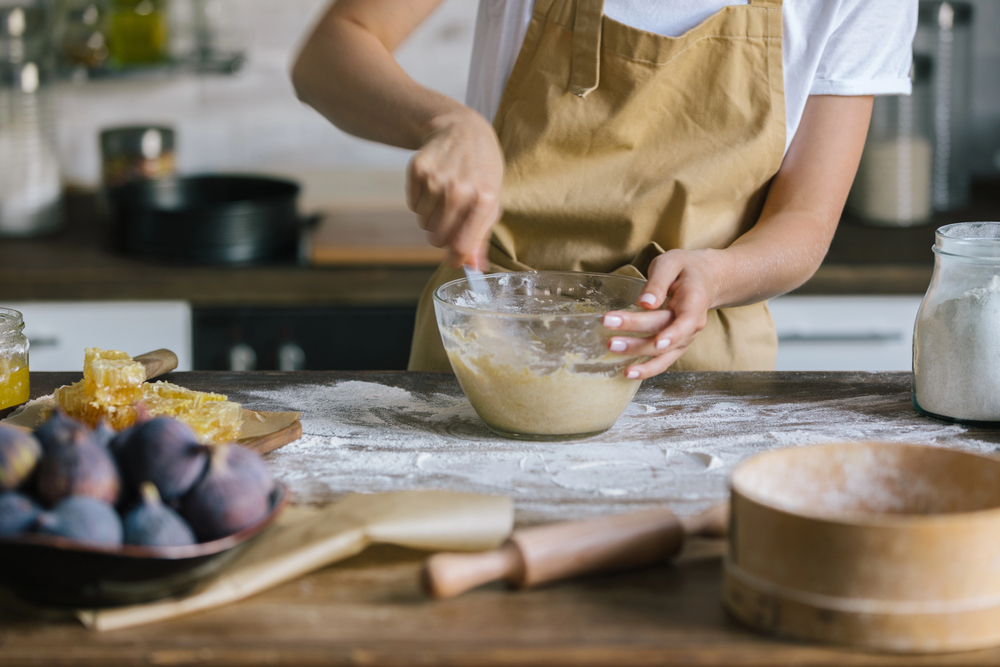
Baking often requires patience, whether it’s waiting for dough to rise or letting your cake cool completely before frosting. Rushing through steps can lead to less than ideal results. Take your time to follow each step carefully and give your baked goods the time they need. Patience in baking pays off with delicious, well-made treats.
This article originally appeared on RetailShout.
More From RetailShout
11 Oldest Seafood Restaurants in the US You Can’t Miss

Seafood has been a favorite in American cuisine for centuries, and some of the oldest seafood restaurants still stand as a testament to that love. These spots not only serve up fresh and delicious seafood but also carry rich histories that make dining there an unforgettable experience. Read More.
The 14 Ultimate Ranking of Trader Joe’s 2024 Boxed Mixes
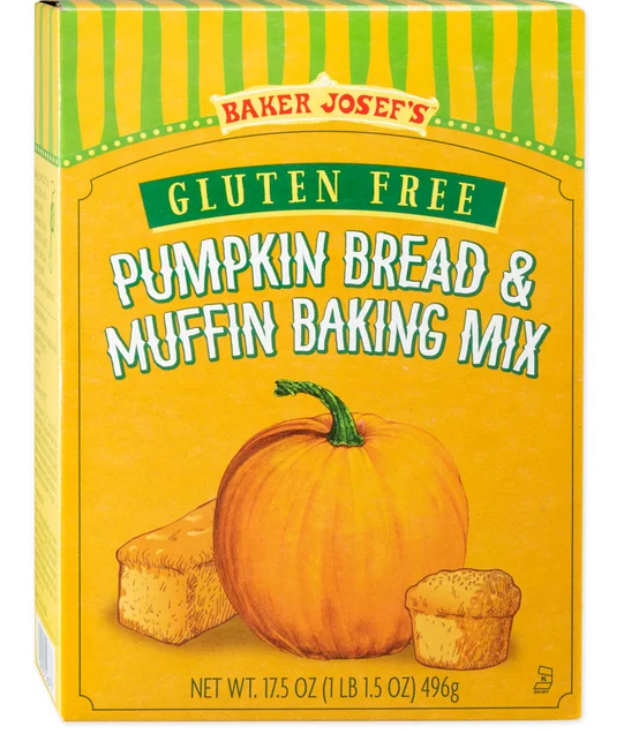
Let’s be real—life is busy, and sometimes we just need a little boxed magic to get a delicious treat on the table without breaking a sweat. Luckily, Trader Joe’s has our backs with their incredible (and sometimes quirky) array of boxed mixes. Read More.
14 Creative and Healthy Lunches Your Kids Will Look Forward To
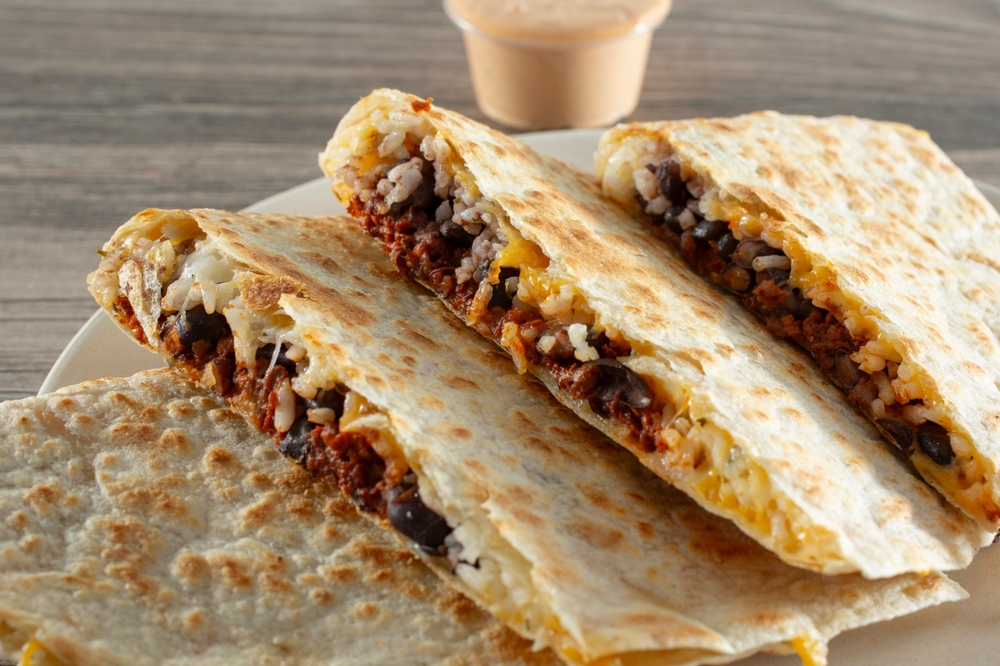
Making sure your kids have healthy lunches is important for their growth and energy throughout the day. Here are 15 great options that are not only nutritious but also delicious and easy to prepare. Read More.





